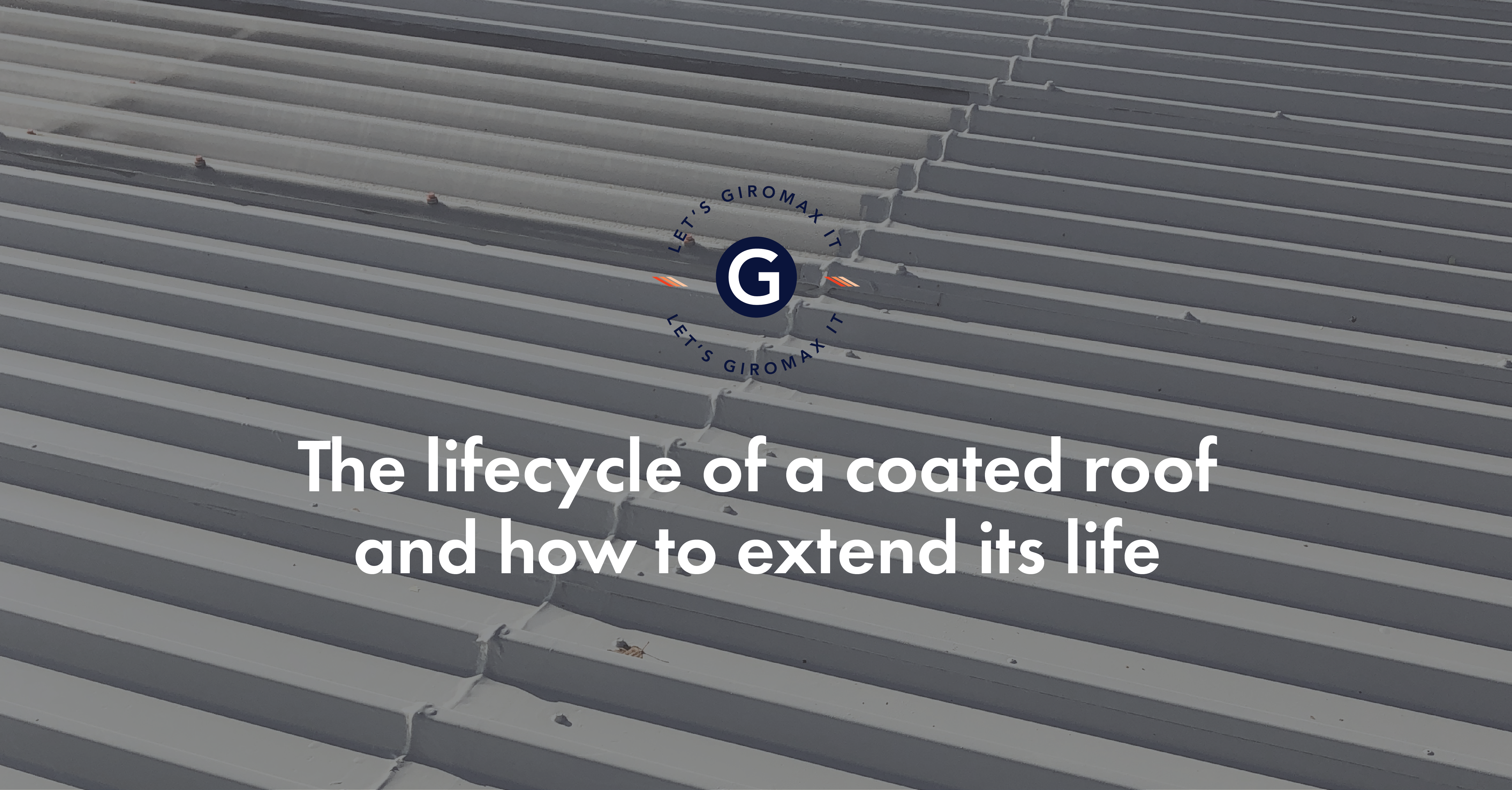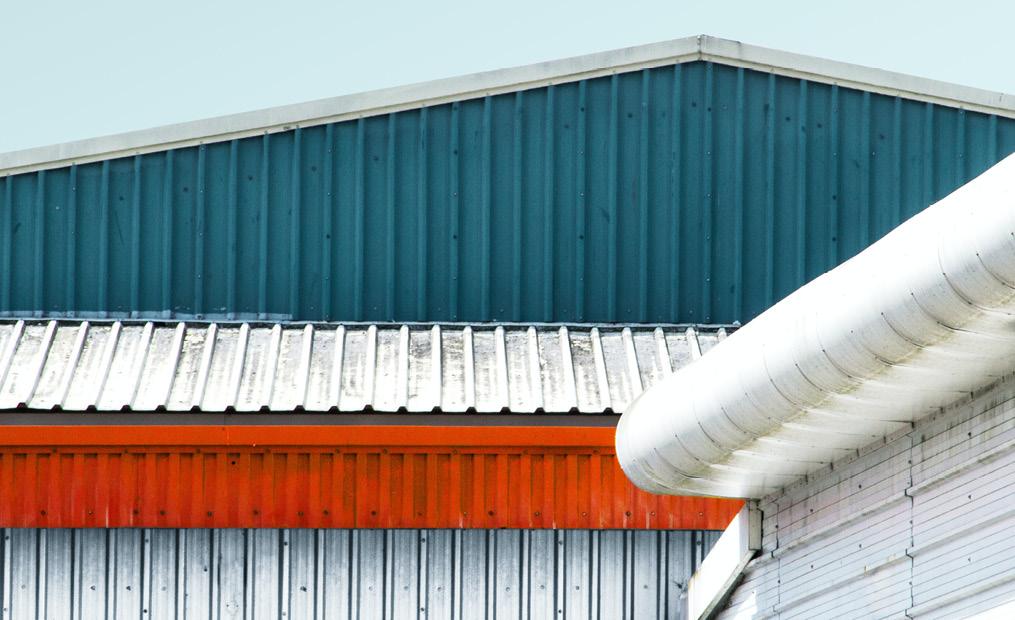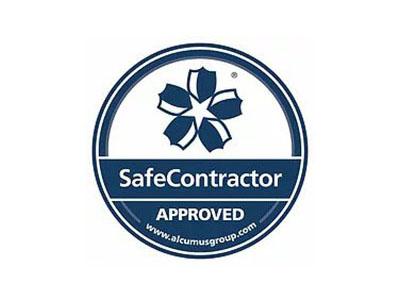The Impact of Climate Change on Buildings
Climate change isn’t something that any of us can afford to ignore, especially when we consider the negative effects it’s already having on many business premises. Intense heat, extreme cold, heavy rainfall and powerful storms are all signs that global warming is gathering pace. So, the impact on buildings needs to be addressed sooner rather than later.
A report carried out by Savills earlier this year showed that well over a quarter of respondents put concerns about the environment in fourth place, topped only by Brexit, the economy and health issues. The government has announced plans for the UK to achieve net zero carbon by 2050, which has helped to highlight climate issues.
Extreme weather affecting industrial buildings
Unusual weather conditions, together with ever tightening regulations controlling emissions, are forcing managers of warehouses and industrial buildings to reconsider their options. If you’re a surveyor, your clients might ask for advice on how they can counteract the potential damage from extreme weather.
As extreme heat and cold causes construction materials to expand and contract, this will inevitably cause them to deteriorate over time. Flooding and excess water has a negative impact on a building’s foundations, while also potentially causing problems with ponding water on flat roofs. These situations will require extensive and expensive repairs at best, leading to a catastrophic collapse of the building at worst.
But it’s not just the buildings themselves that are affected by climate change. Workers are also impacted, with extreme heat or cold making working conditions unpleasant, or even unviable in some cases. When considering how best to advise your clients about the actions they can take to limit the harmful effects of climate change, the comfort and safety of their employees needs to take centre stage.
It starts with the roof
Buildings need to be more resilient than ever before if they’re going to withstand the continued threat of severe, abnormal weather events. And there’s no better place to start than the roof, as it’s subjected to the most extreme and relentless weather conditions.
Out of sight is often out of mind, so your clients may need reminding of the importance of surveying their roofing systems regularly. Extremes of heat and cold cause cracks to form, whilst ponding water can create minute tears, which quicky spread to allow water ingress.
Encourage your clients to address the integrity of their roof as a top priority. Once the integrity of the roof has been compromised, any damage and associated costs can quickly start to spiral out of control.
Climate change poses a real threat to the future management of industrial buildings. Businesses need to maintain their roofing systems and prepare in advance for weather damage and related costs.
Our range of GIROMAX® Coating Products offers up to 20 years’ protection for roofing systems. BBA Approved, GIROSIL® products use laminar flake technology that seals and bonds with corrosion.
Please speak to the Giromax team if you need advice on any of our products. Call 01455 558969 today or make an enquiry.
Get updates from us
Sign up to our newsletter to receive all the latest news and insights from Giromax Technology.
Subscribe to NewsletterRelated articles
The Lifecycle of a Coated Roof
What is the typical lifecycle of a coated roof? Depending on the substrate, structure and the type of coating, the...
Fire Safety and Industrial Roof Systems
Industrial roof fires may not always attract the same attention-grabbing headlines as those affecting domestic buildings, but the consequences can...
The History of Cladding: Metal Roofing
Modern metal roofing has become a familiar sight in this country, thanks to its strength, durability, weather resistance and ability...








